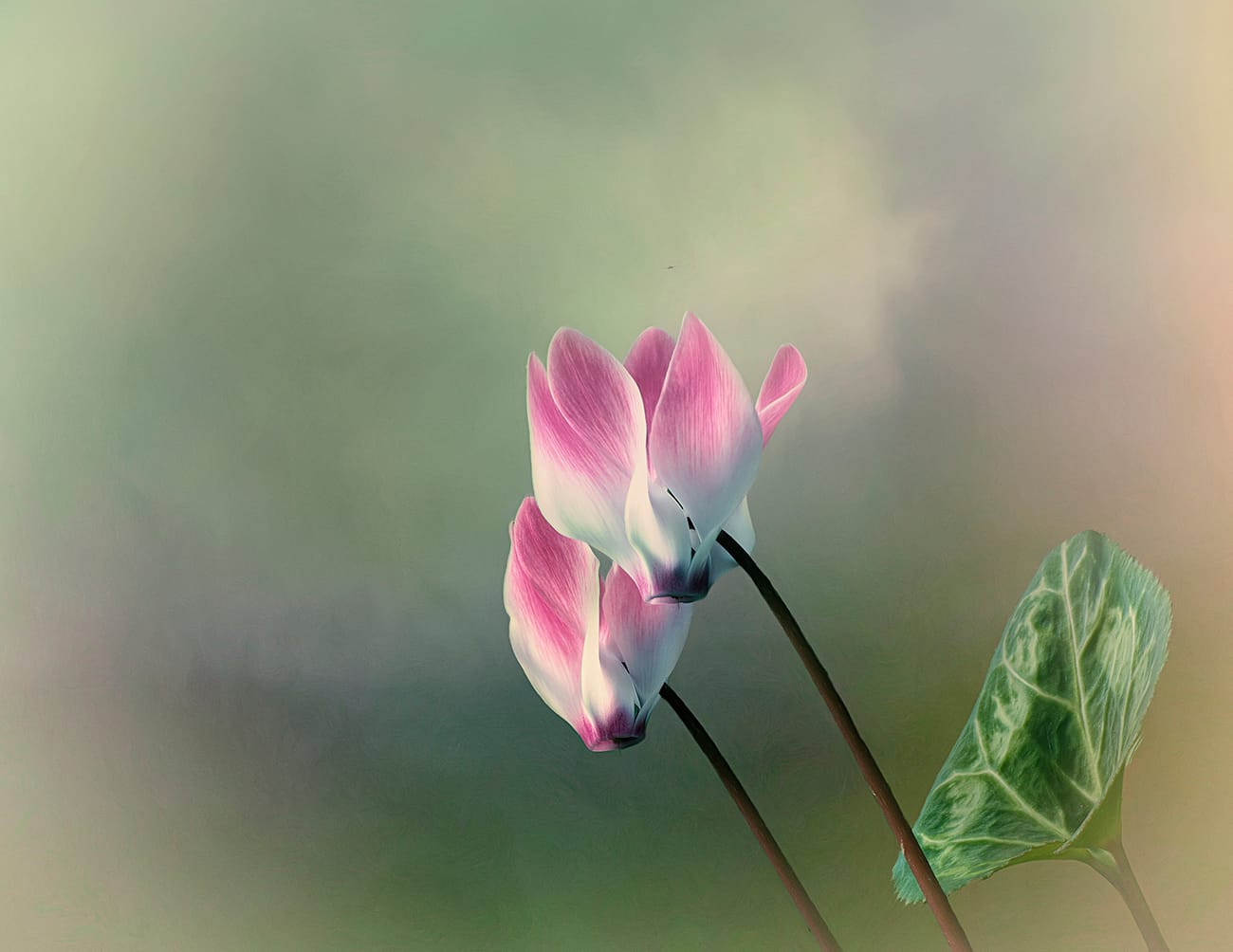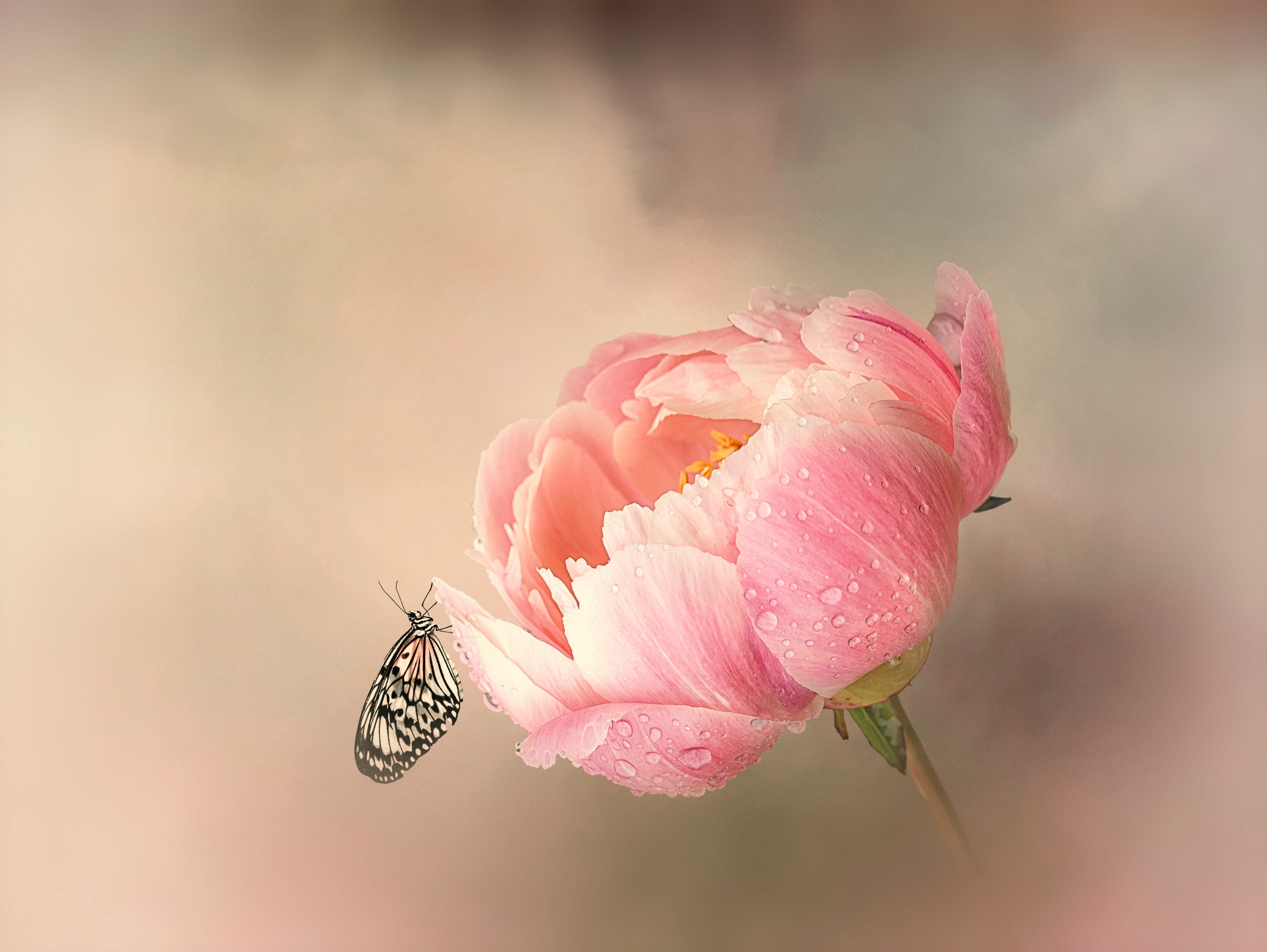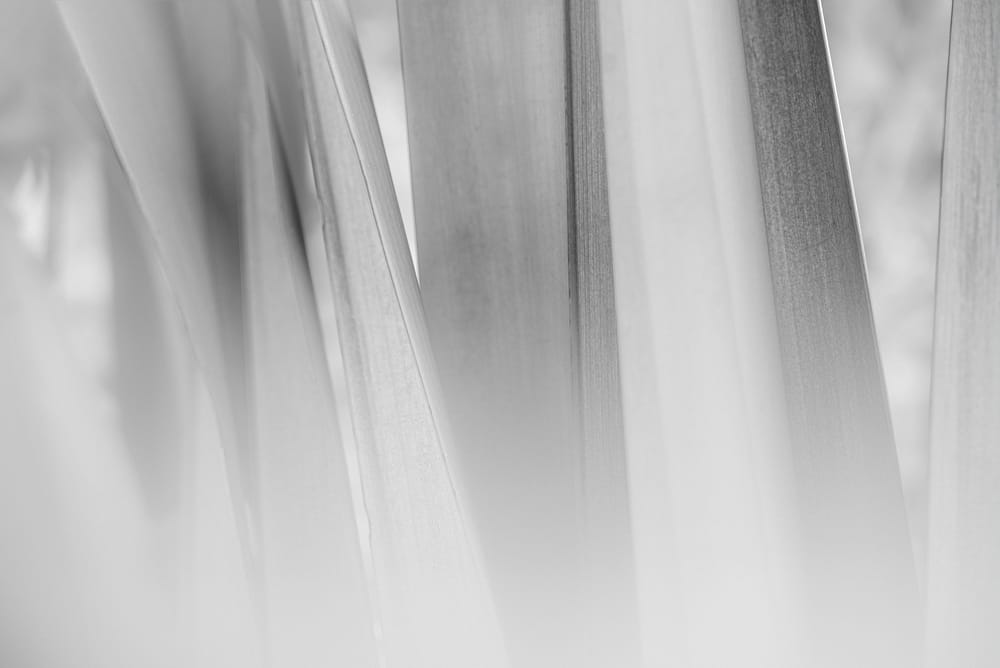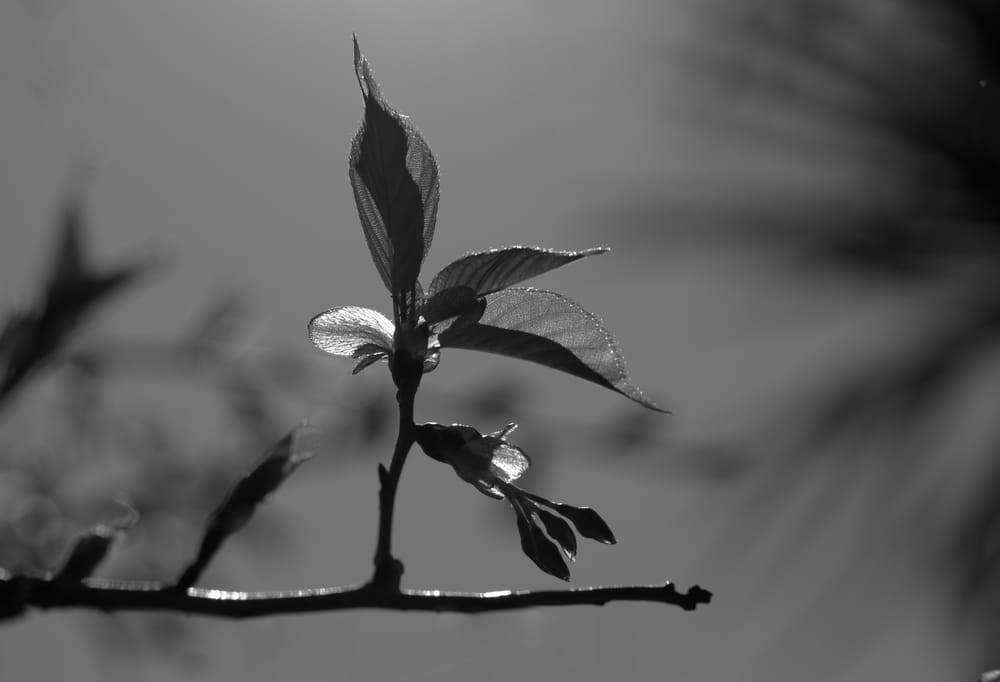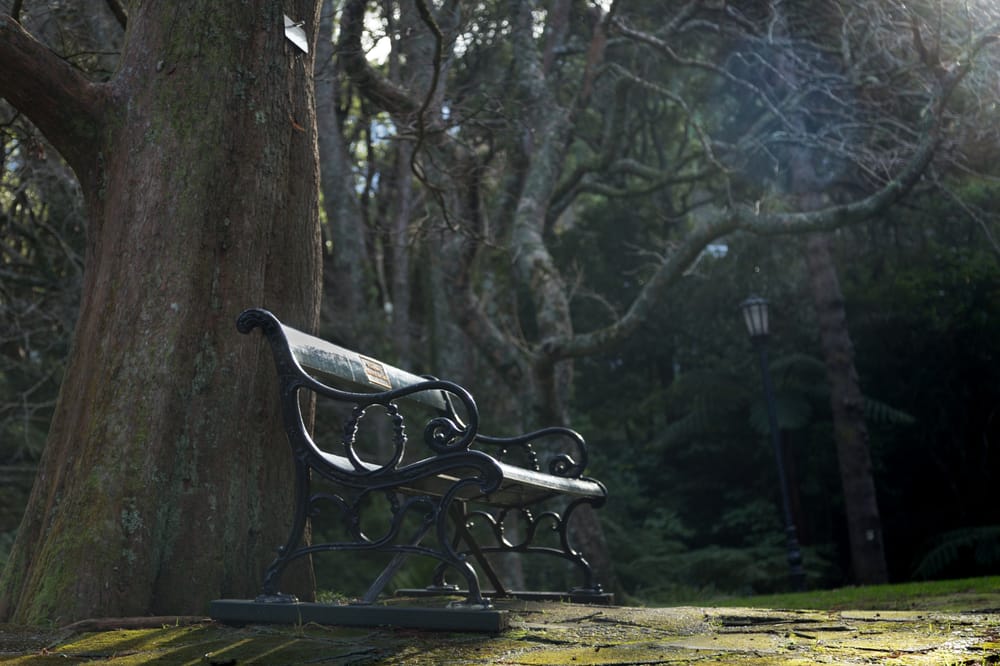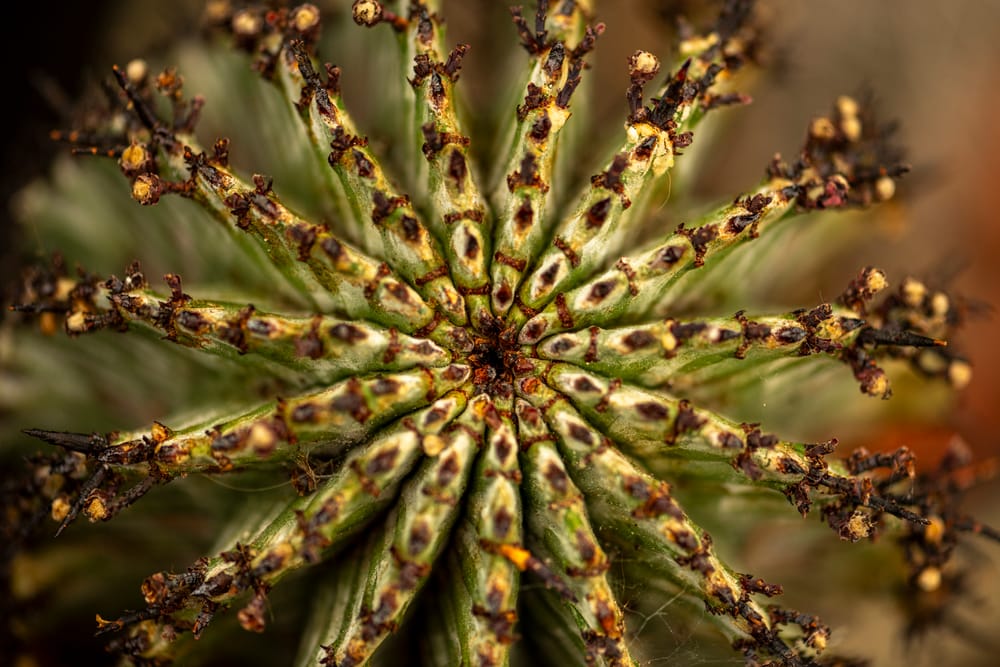In early 2018, I joined the ranks of the retired but for the preceding thirty years I had been a radiation therapist which was an amazing career. In that role, I had the privilege of working with the most fantastic team of professionals. Between us, we cared for people when they were at their most vulnerable, as they and their immediate support network sought to come to terms with a cancer diagnosis and the ramifications of potential treatment options. I think those experiences, over the years, heightened my awareness of the presence of those same raw emotions in society in general.
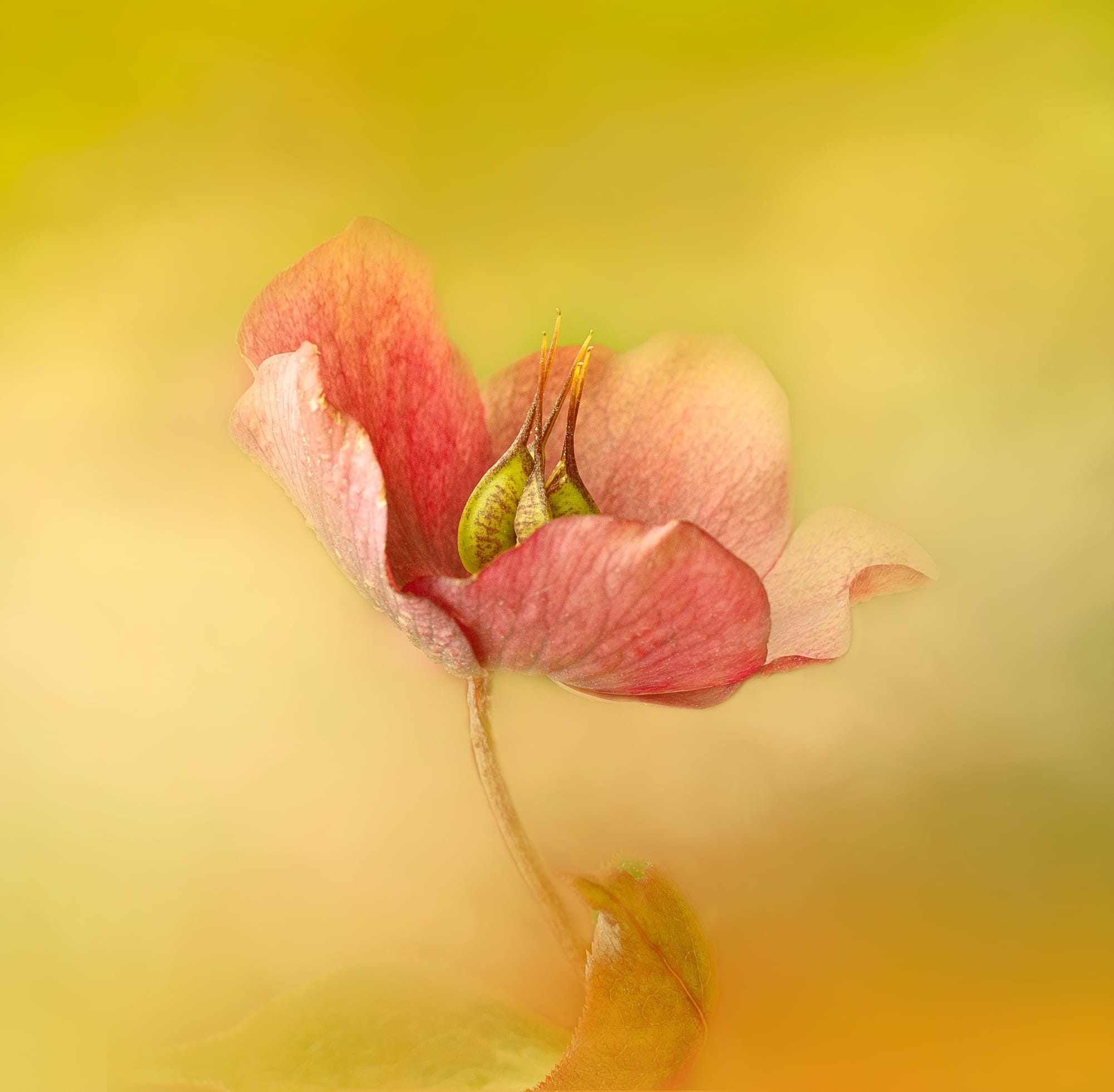
There are so many people who are hurting or who maybe feel totally alone or overwhelmed - something that has possibly become even more pronounced since the advent of COVID. As a much wiser person than I once said, ‘To listen, really listen, when someone is hurting may be the best gift we can give.’ I truly believe that. Yet so often, there is nobody there to really listen - in fact the norm seems to be for these people to be overlooked and even ignored because doing otherwise is all too hard. Add to this what I can only describe as man’s inhumanity to man - what seems to be a complete absence of kindness, tolerance, and empathy towards each other, favouring instead an unwavering focus on self, tinged with callousness and insensitivity.
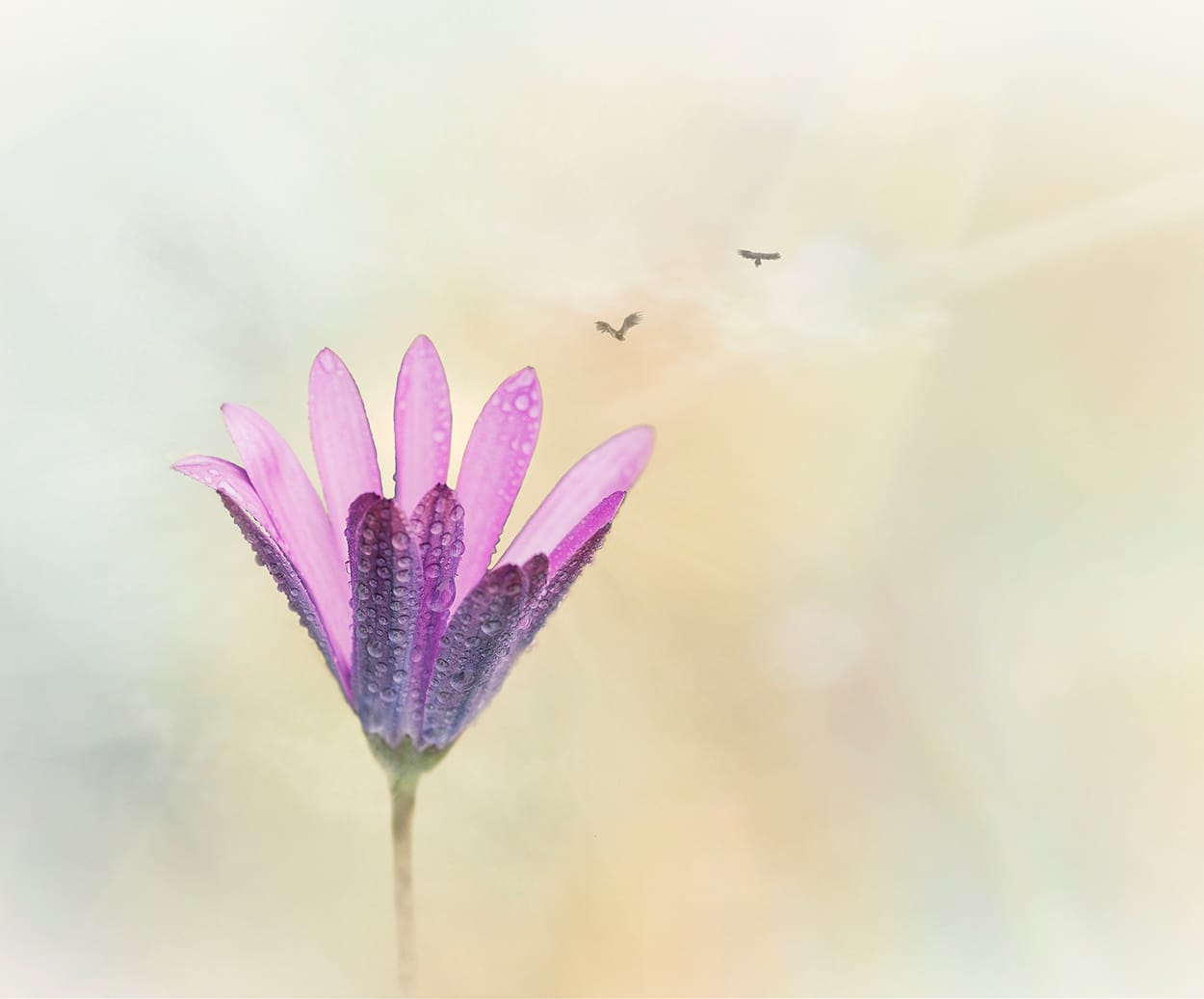
My concerns have increased since I retired, I think in part due to the fact that I am no longer in the workforce and therefore any small ability I may have had to try to be there for the vulnerable has gone. I have found myself increasingly turning to my photography as a means of expression and, I suspect, solace. In doing so, there has been a definite shift in not only what I portray, but also in how I choose to portray it. The driving force behind many of my images now is an attempt to convey elements of those things that I care so much about - loneliness, vulnerability, being overwhelmed as well as some of the positives such as friendship and sharing. If I could make even one person stop and think about the impact what they do or how they behave is having on others, that would be so amazing.
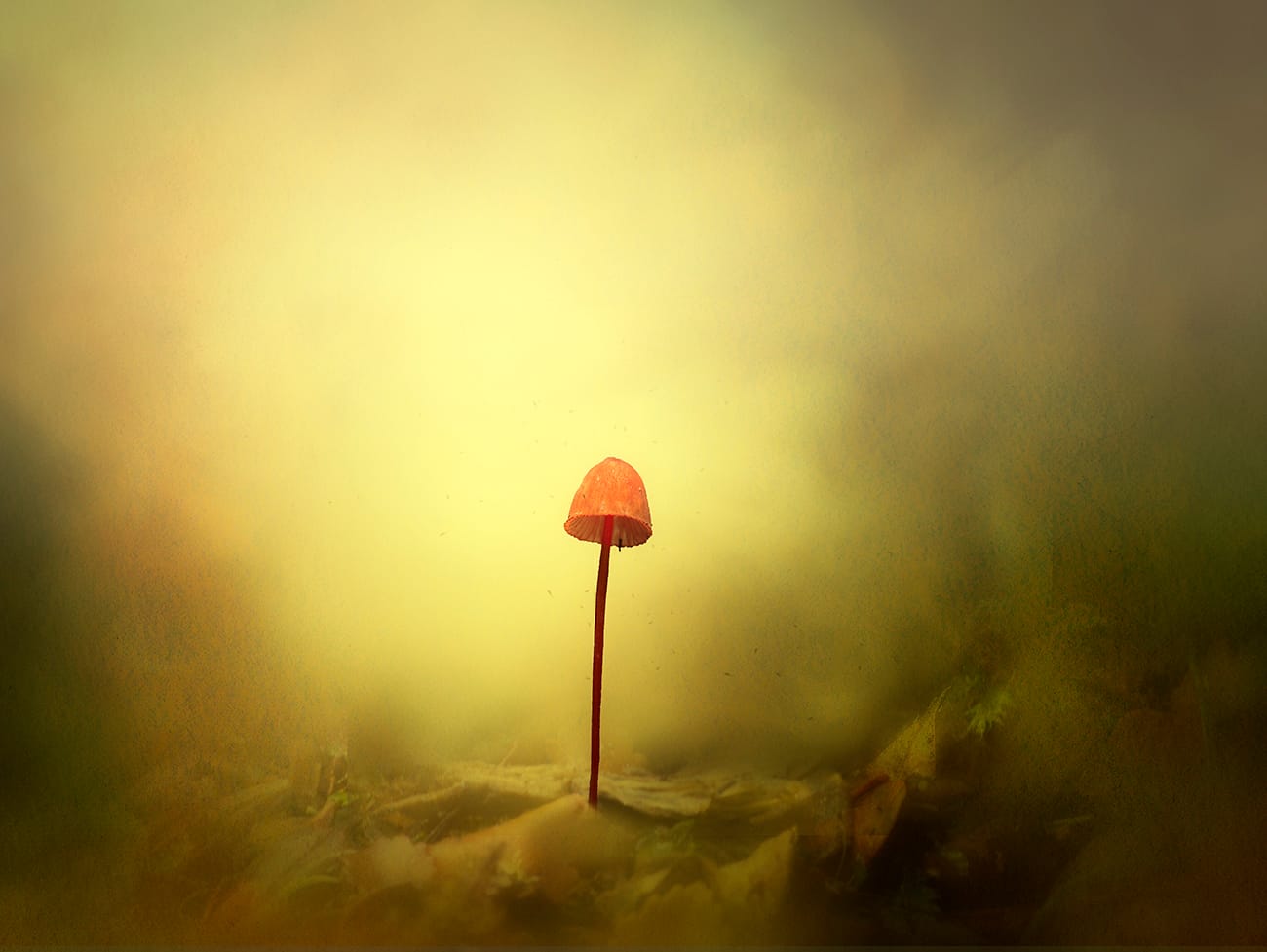
In terms of capturing the types of shots I do, it’s not about equipment and probably, initially anyway, it’s not even about the composition. I rarely go out with any particular themes in mind - in fact, if I do, they are usually spectacularly unsuccessful! It’s about feeling what I’m seeing, about involving all my senses, about being truly present. Ansel Adams once said: "A great photograph is a full expression of what one feels about what is being photographed in the deepest sense, and is, thereby, a true expression of what one feels about life in its entirety."
I’m not claiming my images are great by any stretch of the imagination, but what he says so beautifully sums up how I feel about creating my images. That’s because what I’m trying to create is a visual metaphor for life experiences as distinct from a simple narrative.
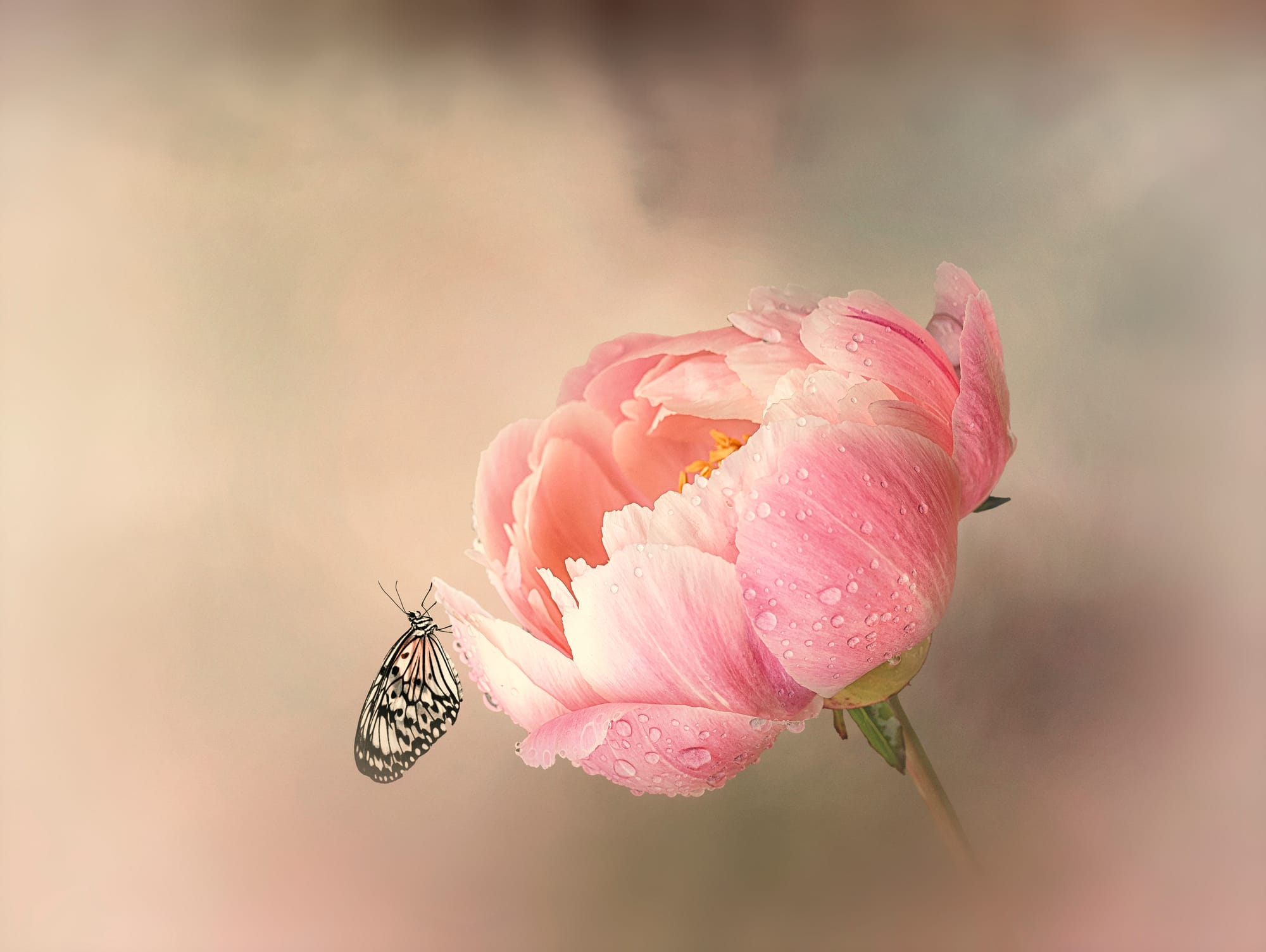
I made a deliberate decision not to use people for these images, choosing instead to create those metaphors by using the interaction of animals or plants. I would like people to be able to feel what I’m showing without needing to resort to more conventional imagery, imagery that some may not view because they find it too confronting. Does this last point, then, not negate the whole point behind what I’m trying to achieve? You could argue that these things should be confronting. But if people don’t view images because of that, the impact of the message is going to be lost anyway.

I hope the emotional impact is still present in the images I produce. I truly hope they will make people stop and think because it is that stopping and thinking that can effect change. If somebody looks at ‘Alone’ and recognises in it the loneliness they see in somebody they know and if by doing so they go and check in on that person, then that’s a win. Or if somebody sees the image ‘Excluded’ and can think of times when they’ve witnessed that exclusion happen - or have maybe even done that to somebody themselves they resolve to make sure it doesn’t happen again then that, too, is a win. And what about ‘You OK?’ - I hope there will be people who will not only notice the obvious larger fallen friend in the background who needs help but also the small one in the foreground, the one who could so easily be overlooked and ignored and yet, out of the two, is probably in a worse emotional and physical place. If there are people who see that, and they remember to watch out for the quiet ones, the ones who are easily overlooked, then that too is a win.
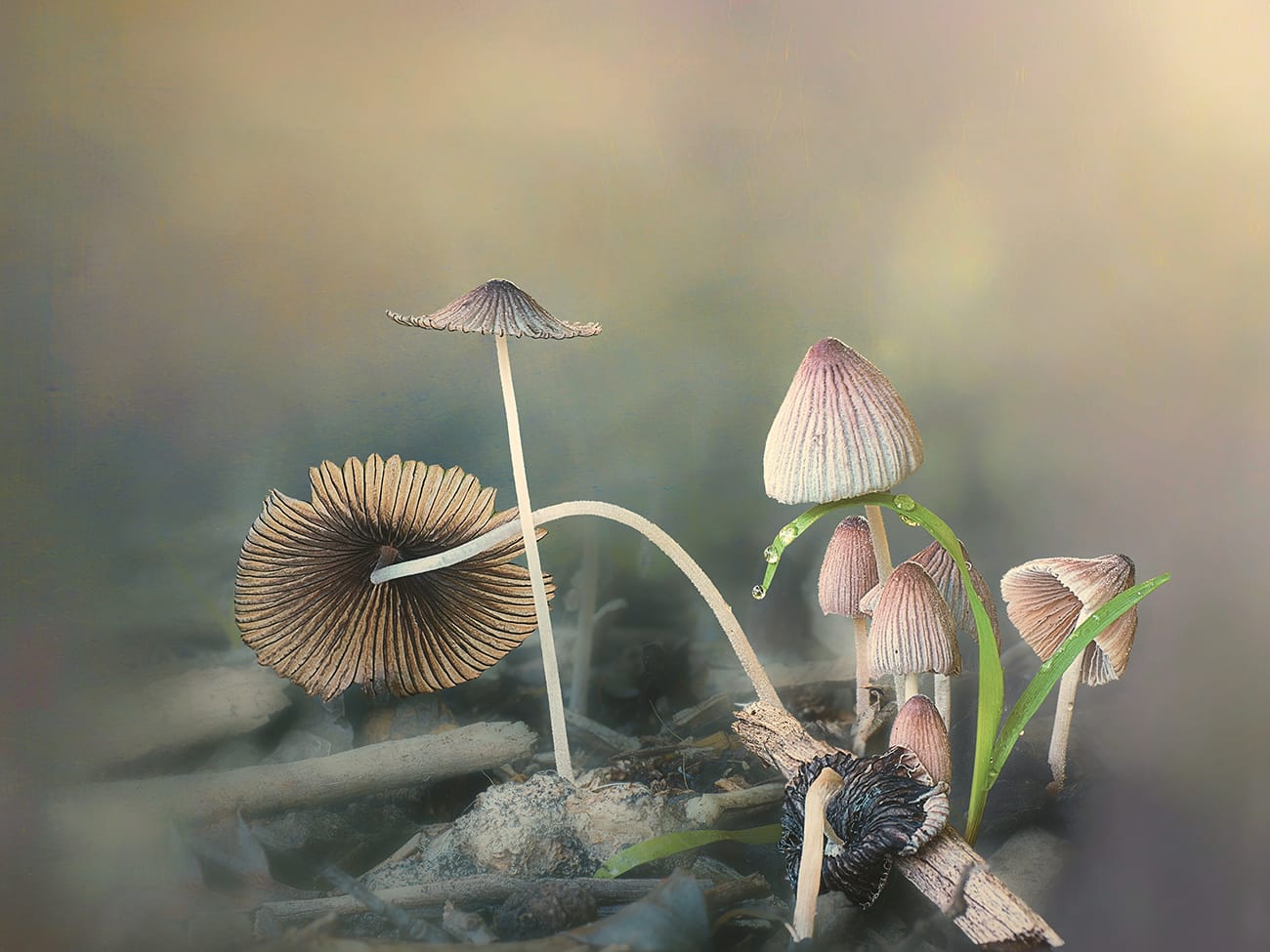
All our images truly do have the power to make people stop and think, whether we use them as a narrative or use them, as I do, as a metaphor for life experiences. All we have to do is dare to care.
